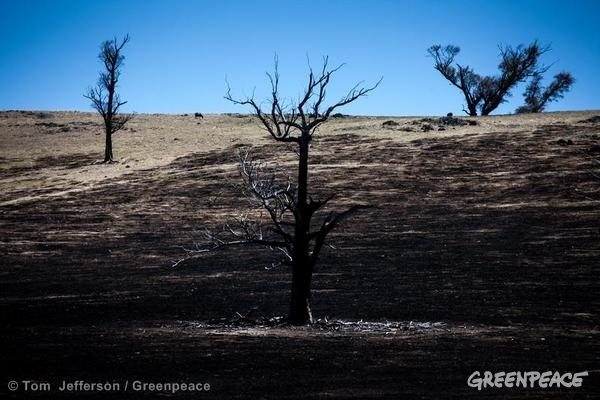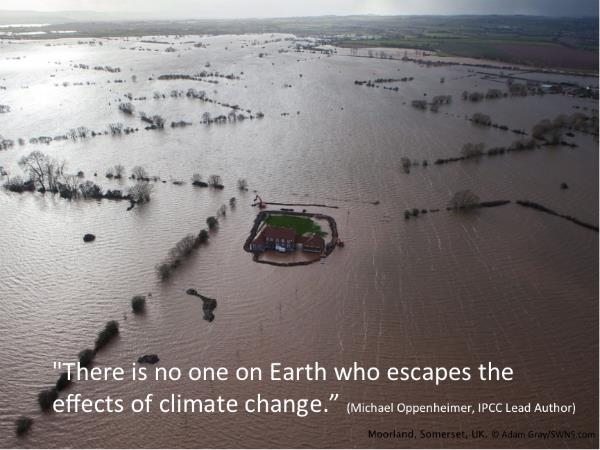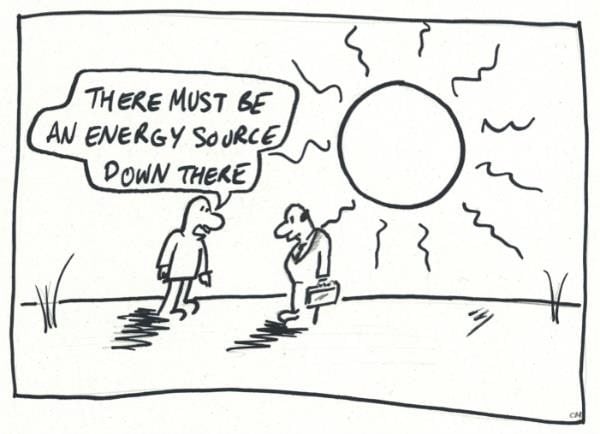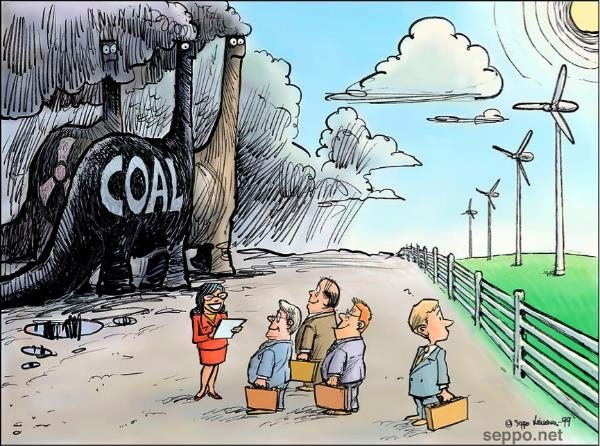The latest United Nations report on climate change is about to be finalised, written by thousands of scientists. The report is VERY important, but also a bit dull.
What we really want to know is: How bad is climate change? And what can we do about it? Using the latest IPCC findings and a few other recent discoveries, here’s our take on what you need to know about climate change and what to do about it.
1. Politicians talk – too little happens
Politicians spend a lot of time talking about reducing greenhouse gas emissions that are causing the planet to heat up. But despite all the chatter, emissions are still growing.
From 2000 to 2010, greenhouse gas emissions grew faster than before. The reason? We keep burning more fossil fuels. The climate scientists’ advice, however, is clear: we need to get rid of man-made carbon emissions entirely.
2. Without action, things will get bad
We are running out of time and the consequences of not tackling climate change now will be bad. Without cutting emissions life on Earth is going to get very hot, chaotic and unpredictable. Global warming will act like an old, broken microwave – some parts of the planet will experience mild rises in temperature whilst others will simply burn.
If we don’t cut emissions soon, apocalyptic forest fires, deadly heat waves and food production losses could become the new normal. With higher air and sea temperatures, extreme weather events will happen more and more, destroying homes and livelihoods. As sea levels rise, tropical island states can be under water and major cities, such as London and New York will be in serious trouble. Extinction rates will accelerate big time and entire ecosystems could collapse.
Scientists have identified certain ‘tipping points’ – warming levels beyond which we start a rapid and downhill slide towards extremely dangerous, uncontrollable and irreversible changes. Scientists agree on the reality of these tipping points, but it’s still hard to say exactly how much warming it will take to reach them. Because the potential consequences of reaching one or more of these tipping points are so severe, the only sensible solution is to try to avoid them by limiting further warming as much as possible.
3. We can still prevent climate chaos
So far, the planet’s average surface temperature has increased by about 0.85°C compared to pre-industrial times. It’s been enough to cause major glaciers to melt, sea levels to rise, species to move, and so on.
World leaders have agreed to reduce emissions enough to limit warming to a maximum of 2°C in the hope of avoiding impacts turning very dangerous. But even 2°C would cause serious trouble for many parts of the world. This is why more than 100 countries are demanding that warming is kept below 1.5°C.
The good news is that, according to the IPCC, it is still possible to limit warming to about 1.5°C or maybe even less. To achieve this, we will probably need to reduce greenhouse gas emissions by somewhere between 70% and 95% by 2050. We have 35 years to do it.
4. We need a transformation
So, where do greenhouse gas emissions come from and how do we get rid of them? Well, the vast majority of emissions come from the burning of fossil fuels – coal, oil and natural gas.
If we want to avoid run-away climate change, we will have to transform our entire energy system and stop digging and burning these fuels.
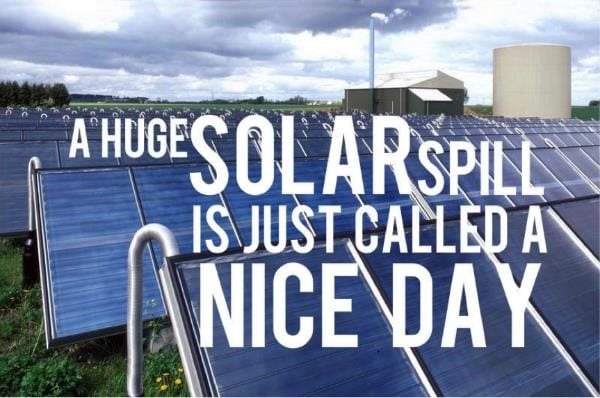
A range of alternative energy sources could be used to replace fossil fuels, but most importantly, we must increase energy efficiency.
We also need to stop deforestation, make food production more sustainable, and replace harmful industrial gases and processes with clean alternatives.
5. Coal is public enemy number one
Coal, is the dirtiest of the fossil fuels. It accounts for 73 % of the emissions from electricity production, according to the New Climate Economy Report. Nevertheless, between 2000 and 2010, coal consumption grew rapidly, especially in Asia.
Getting rid of coal is key to tackling climate change. For this reason, it is a great relief to note that, recently, coal seems to be on it’s way out.
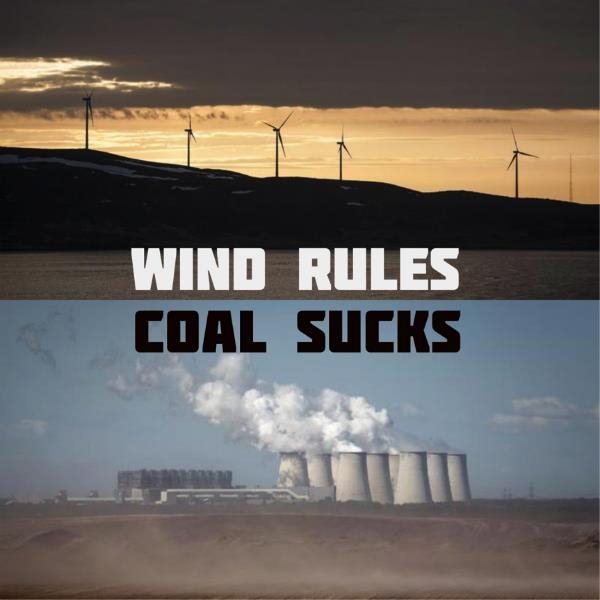
Global communities and decision makers are starting to realize how outdated and dangerous coal is. Coal use causes air pollution, water shortages and other damage to people and the environment. Getting rid of coal would improve many peoples’ health and save many lives. According to the WHO, 1 million people die prematurely every year because of air pollution from coal.
Right now, some of the most dramatic and influential changes are taking place in China and the US. China’s coal boom finally appears to be coming to an end, and, in the US, it’s use has gone down by nearly 21% since 2007. As investors begin to realise that the days of coal are numbered, coal’s reputation is changing from “great business” to “appallingly poor long-term investment.”
6. Renewable energy is here, cheap and ready to roll out
Here’s what’s new since the last big UN climate report in 2007: renewable energy has made a breakthrough.
Renewable energy is growing fast and is becoming much, much cheaper. Wind is now the cheapest source of new electricity in a growing number of places, while solar prices have fallen by 80% since 2008 and they’re expected to keep dropping.
From 2005 to 2012, wind power grew five-fold and solar power grew 25-fold. Renewables now cover a fifth of the world’s entire energy consumption and a bit more of electricity production. The way things are going, by 2030 wind alone could provide a fifth of world’s electricity and by 2050 the sun could be the world’s main power source.
Although the shift is already happening, it needs to happen faster. Governments need to make it even more profitable to invest in renewable energy instead of fossil fuels.
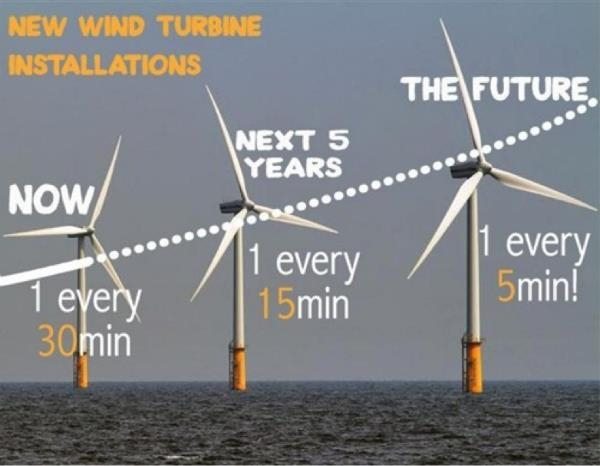
7. We can do without nuclear power and CCS
In principle, nuclear power and carbon capture and storage (CCS) technologies could help to reduce emissions. In practise, it doesn’t look like this is going to happen, not on a big scale anyway.
Nuclear power, which currently provides just 10.8% of the world’s electricity supply, is on its way out. The reactors across the planet are getting old and the development of new plants is expensive and includes hidden costs. They’re also very slow to get up and running. And, we still haven’t figured out how to get rid of nuclear waste.
Anyway, according to the IPCC, leaving out nuclear won’t make much difference to the emission reduction costs.
As for CCS, it’s also expensive and hasn’t shown many results. In fact, CCS is so expensive to install and so energy- and water-intensive that the technology just doesn’t make sense economically.
As it stands, the only CCS projects that have been able to go ahead are the one’s connected to getting more oil out of the ground! The first and only operational coal plant with CCS (the Boundary Dam project in Canada) is based on this idea: CO2, which has been scrubbed from the coal, is used to extract otherwise inaccessible oil from depleted oil fields. As a result, oil that would otherwise have stayed in the ground is being burned. Hardly the “solution” we need.
(CCS is included in many of the emission reduction models assessed by the IPCC. Yet, it’s not necessary: there are also ways to achieve the required emissions reductions without prolonging the use of fossil fuels with CCS. So there’s no need to wait for anything, but to act here and now with technologies that work and bring the biggest benefits and smallest risks.)
8. No, you can’t touch that
There’s still a lot of coal, oil and gas that can be dug, sucked and fracked out of the ground. That’s just too bad. To stop the climate from going haywire, we need to leave most of those fossil fuels where they are. If we aim to keep below 2°C, the most we can afford to use is about one-fifth of what we have in the reserves. The rest is hands off. And what that also means is: the hunt for new oil is a reckless and costly waste of time.
9. Acting is not expensive. Not acting is.
Scientists have tried to figure out how much it will cost to do what it takes to keep climate change from getting out of hand. It is not much at all. The economy will still continue to grow. Only, it may grow a little bit slower. A little.
According to the IPCC, the expected decrease in consumption growth is around 0.06%. And this estimate doesn’t even include the benefits of action!
For comparison, mortality from air pollution in China is now valued at 10% of GDP.
If we phase out fossil fuels, chances are that the money we save on health care because of cleaner air alone will pay back part of the costs of making that change. And switching to renewable energy is good for employment too. When China invested in solar technology in 2010, half a million new jobs were created.
And, in any case, if we don’t do anything, the costs would be immeasurable.
10. We need to work together, and we need to be fair
If we are going to transform the entire energy industry in a short amount of time, we will need to work together. Politicians will need to step up and take action, in a spirit of fair sharing of effort.
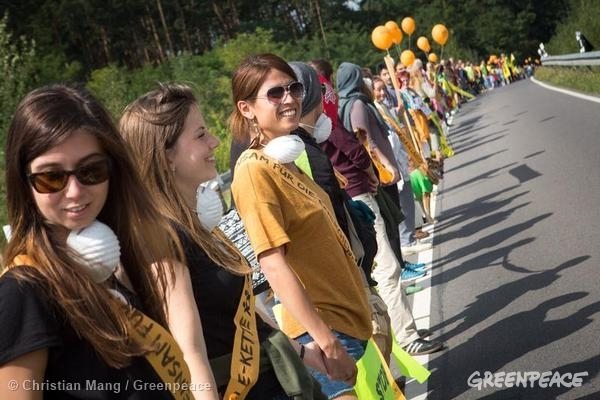
Rich countries have already emitted vast amounts of CO2 (that’s essentially how they got rich), and they carry most of the responsibility for the climate changes we are seeing now. Ironically, those who have contributed to the problem the least, the world’s poor, will be hit the hardest. In the middle there are rapidly developing countries like China, with emissions per person already exceeding Europe’s, who could become game-changers in climate action.
If you damage another person’s property, you pay for it. That’s what we call fair. If we want countries with very different levels of responsibility, capability and vulnerability to cooperate, we need to apply the same principles of fairness in dealing with climate change. The polluters must pay. Applying this principle should start from the big corporate polluters. That’s where the big money sits – money made with digging and burning of fossil fuels.
Kat Skeie is a Communications Officer at Greenpeace Nordic.
The Intergovernmental Panel on Climate Change is finalising it’s Fifth Assessment Report in Copenhagen 27 Oct – 2 Nov. For a detailed and referenced analysis of the IPCC 5th Assessment Report findings, see here. For a slide show on climate science and other stories, see: www.greenpeace.org/ipcc.

